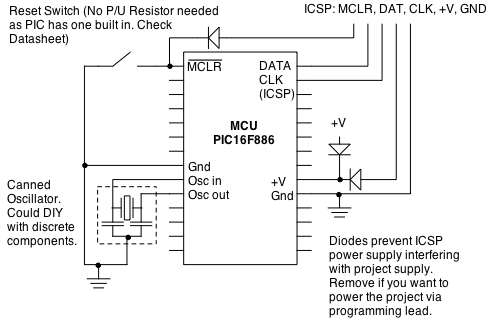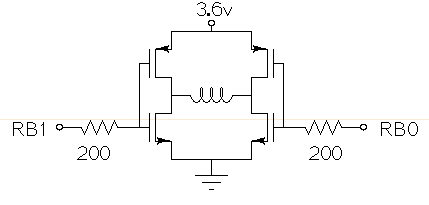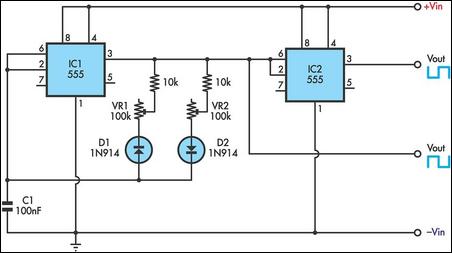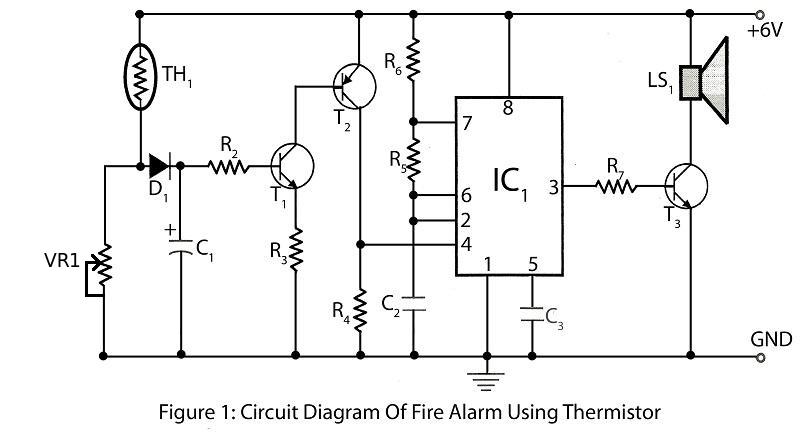
Augmenting a Microcontroller using AVR

Microcontrollers (MCUs) are versatile integrated circuits (ICs) that enhance the functionality of electronics, robotics, and various other projects.
Microcontrollers serve as the brain of embedded systems, providing control, processing, and communication capabilities in a compact form factor. They typically consist of a processor core, memory (both RAM and flash), and input/output peripherals integrated onto a single chip. This integration allows for significant space and cost savings compared to using separate components.
MCUs can be programmed to perform specific tasks, making them suitable for a wide range of applications, from simple automation tasks to complex robotics systems. They can interface with sensors, actuators, and communication modules, enabling them to gather data from the environment and respond accordingly. This capability makes MCUs ideal for projects that require real-time processing and control.
Common features of microcontrollers include various communication protocols such as I2C, SPI, and UART, which facilitate communication between the MCU and other devices. Additionally, many MCUs come with built-in analog-to-digital converters (ADCs) and digital-to-analog converters (DACs), allowing for the processing of analog signals.
Power efficiency is another critical aspect of MCUs, as many are designed to operate in low-power modes, making them suitable for battery-operated devices. The choice of a microcontroller depends on factors such as processing power, memory capacity, input/output requirements, and power consumption, which must be carefully evaluated to meet the specific needs of a project.
In summary, microcontrollers are integral components in modern electronics, providing the necessary versatility and functionality to bring innovative ideas to life. Their ability to integrate multiple functions into a single chip makes them essential for a wide range of applications in the fields of electronics and robotics.Microcontrollers (MCUs) are fantastic little ICs that give an extra element of versatility to your electronics, robotics or other project. But they`re really. 🔗 External reference
Microcontrollers serve as the brain of embedded systems, providing control, processing, and communication capabilities in a compact form factor. They typically consist of a processor core, memory (both RAM and flash), and input/output peripherals integrated onto a single chip. This integration allows for significant space and cost savings compared to using separate components.
MCUs can be programmed to perform specific tasks, making them suitable for a wide range of applications, from simple automation tasks to complex robotics systems. They can interface with sensors, actuators, and communication modules, enabling them to gather data from the environment and respond accordingly. This capability makes MCUs ideal for projects that require real-time processing and control.
Common features of microcontrollers include various communication protocols such as I2C, SPI, and UART, which facilitate communication between the MCU and other devices. Additionally, many MCUs come with built-in analog-to-digital converters (ADCs) and digital-to-analog converters (DACs), allowing for the processing of analog signals.
Power efficiency is another critical aspect of MCUs, as many are designed to operate in low-power modes, making them suitable for battery-operated devices. The choice of a microcontroller depends on factors such as processing power, memory capacity, input/output requirements, and power consumption, which must be carefully evaluated to meet the specific needs of a project.
In summary, microcontrollers are integral components in modern electronics, providing the necessary versatility and functionality to bring innovative ideas to life. Their ability to integrate multiple functions into a single chip makes them essential for a wide range of applications in the fields of electronics and robotics.Microcontrollers (MCUs) are fantastic little ICs that give an extra element of versatility to your electronics, robotics or other project. But they`re really. 🔗 External reference





